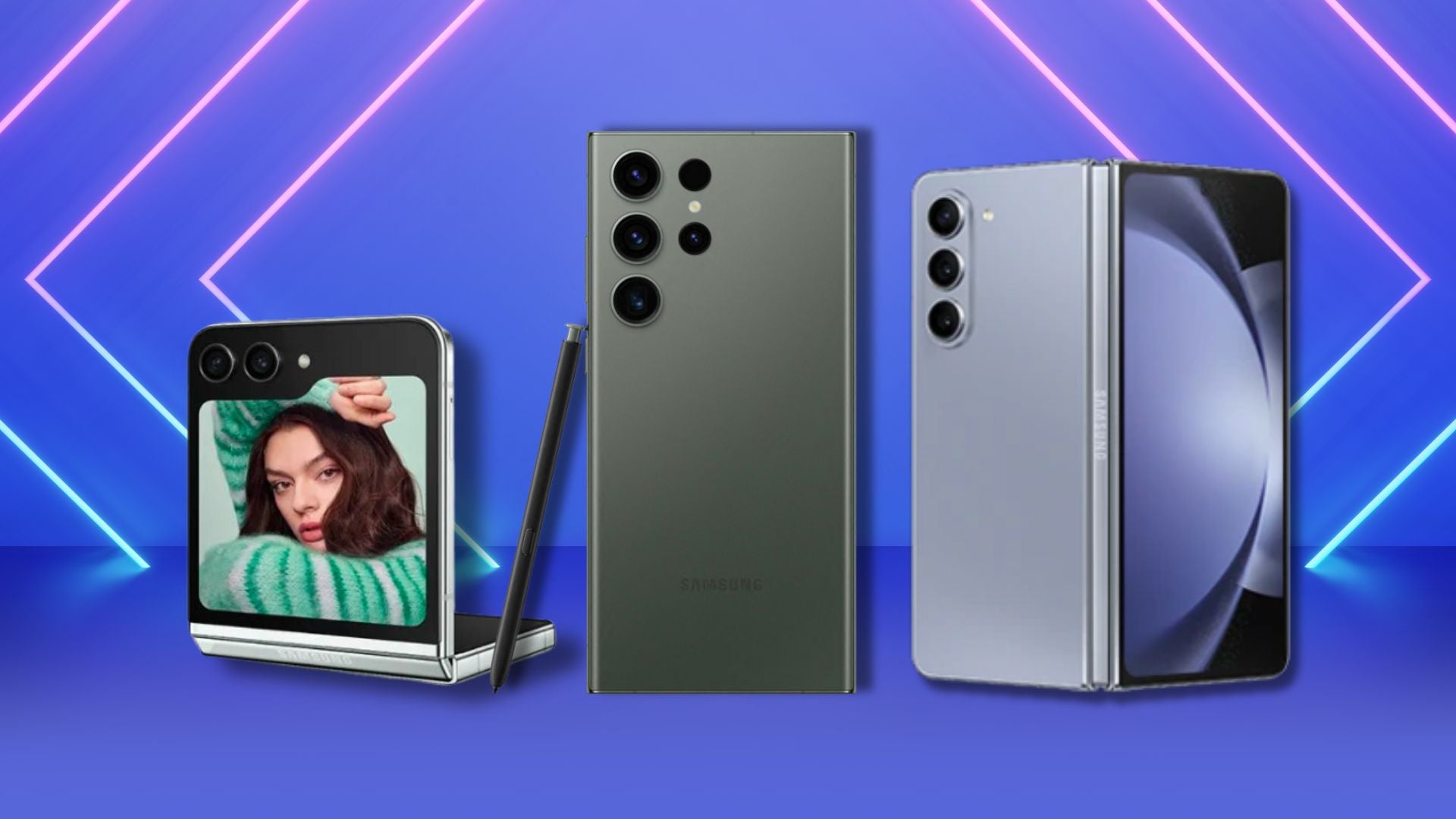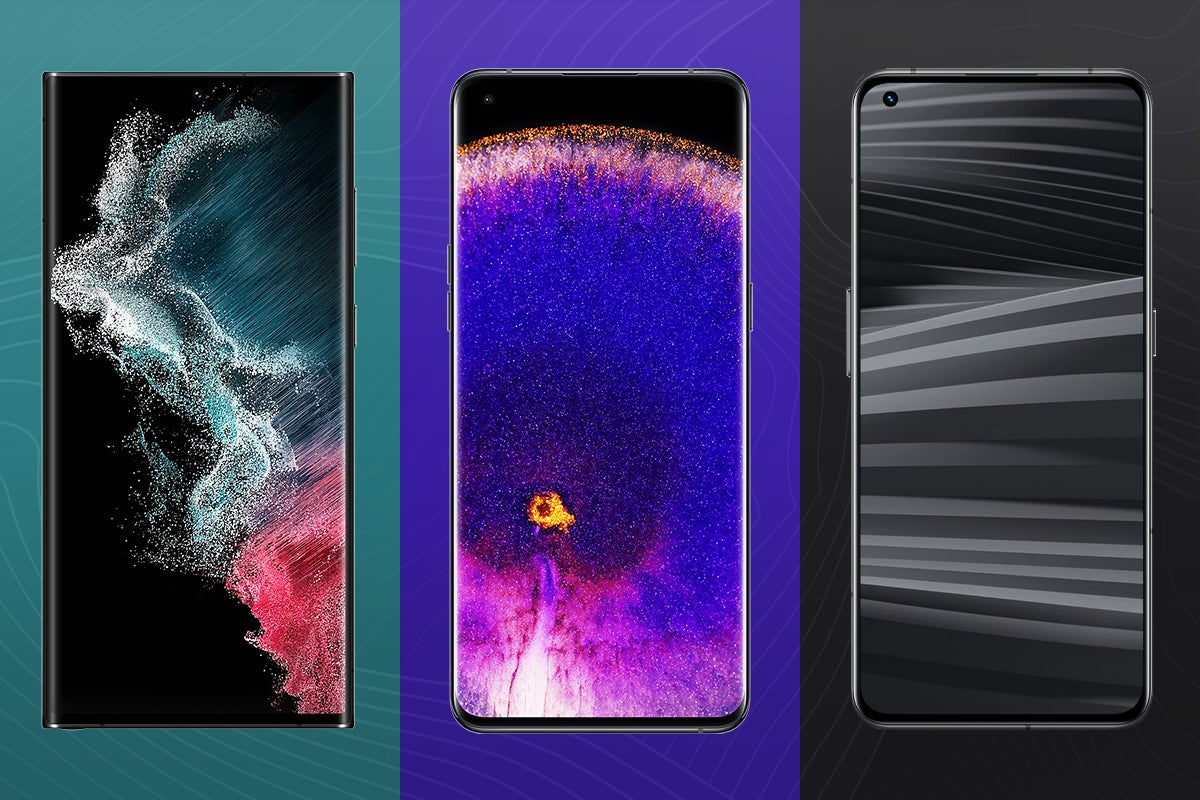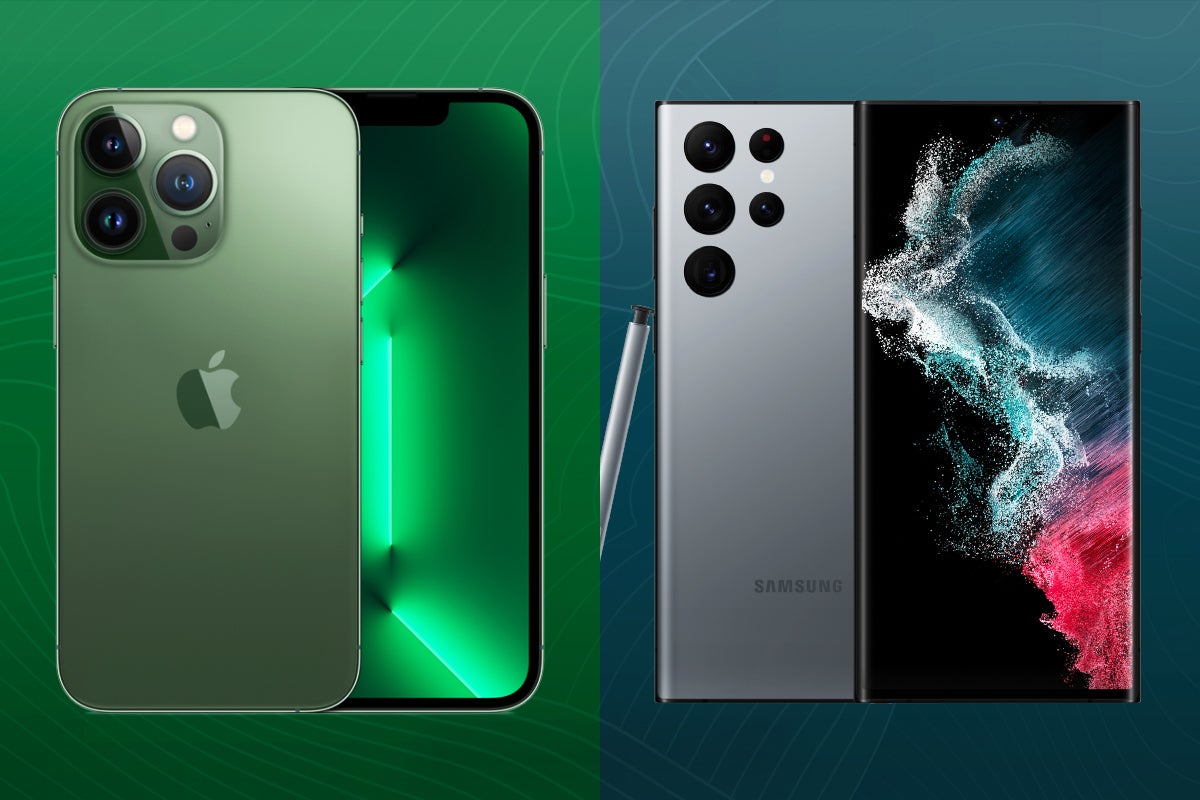Samsung Galaxy: The history of one of the most iconic smartphone brands in the world
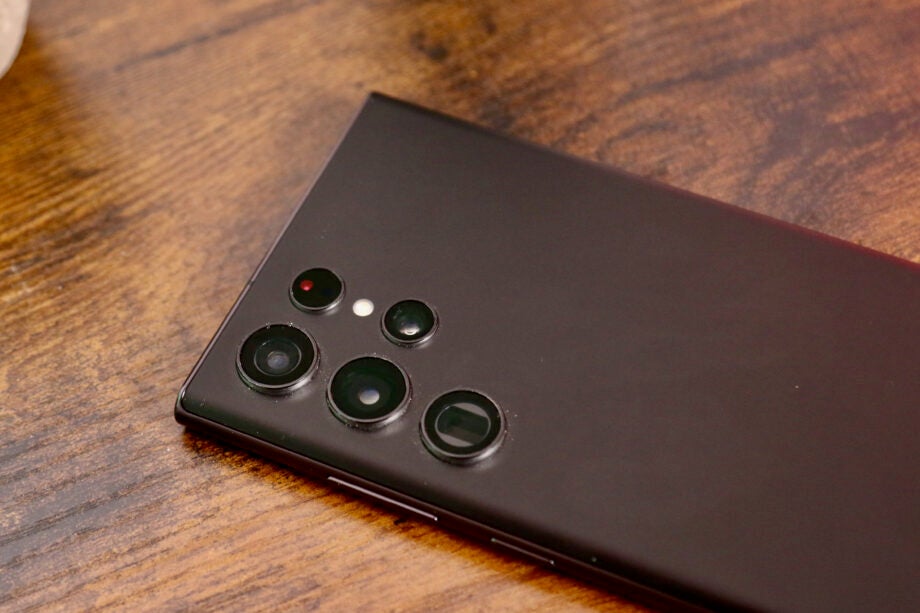
It’s been more than a decade since Samsung launched its first Galaxy phone and since then the line has developed into its own, well, galaxy.
From phones to tablets, wearables to wireless earbuds, the Galaxy ecosystem has expanded massively over the last 13 years, creating a set of interconnected OneUI devices that rivals Apple’s own iOS.
In this guide, we recap all the biggest releases in Galaxy history, from the OG Samsung Galaxy to the Z Fold 4 and the highly-anticipated Galaxy S23.
Samsung Galaxy (2009)
Samsung launched its first Galaxy phone all the way back in 2009.
The smartphone – which was also Samsung’s first Android-powered device – came with a 3.2-inch AMOLED touchscreen, a 5-megapixel camera and a handful of buttons, including a directional pad.
Samsung Galaxy S (2010)
The company launched the Galaxy S one year later, marking the start of the flagship series we know and love today.
The Samsung Galaxy S ditched the majority of the buttons found on the Galaxy but kept the home button. Other specs included a 4-inch Super AMOLED touchscreen, a 5-megapixel camera, a 0.3-megapixel selfie camera and was powered by the Samsung Exynos 3 chipset.
Samsung Galaxy Tab (2010)
Samsung launched its first Galaxy tablet, aptly named the Galaxy Tab, in 2010.
This tablet featured a 7-inch LCD touchscreen in a plastic frame, a 3.2-megapixel camera and a 1.3-megapixel front camera. It was powered by the Samsung Exynos 3110 and ran the Android Froyo operating system.
Later down the line, Samsung’s tablet range branched out into the flagship Galaxy Tab S and the mid-range Galaxy Tab A series.
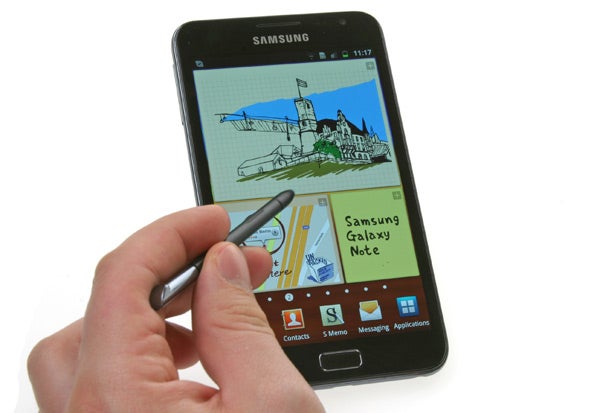
Samsung Galaxy Note (2011)
Samsung introduced its first phablet, the Galaxy Note in 2011.
The device bridged the gap between smartphone and tablet, making it ideal for note-taking, doodling and multi-tasking, sitting above the S series until it was discontinued in 2021.
Samsung Galaxy A (2014)
The company came out with its first Galaxy A series phone, the Samsung Galaxy Alpha, in 2014.
The smartphone was designed to be a mid-range alternative for those not willing to pay S series prices, with the first model sporting a 4.7-inch Super AMOLED display, a 12-megapixel camera with OIS and a fingerprint sensor.
Samsung Galaxy Book (2017)
The successor to the Galaxy TabPro S, the Galaxy Book series of 2-in-1 laptops began in 2017.
The series has since expanded to include the Galaxy Book 2, the Galaxy Book Pro and the Galaxy Book Pro 360.
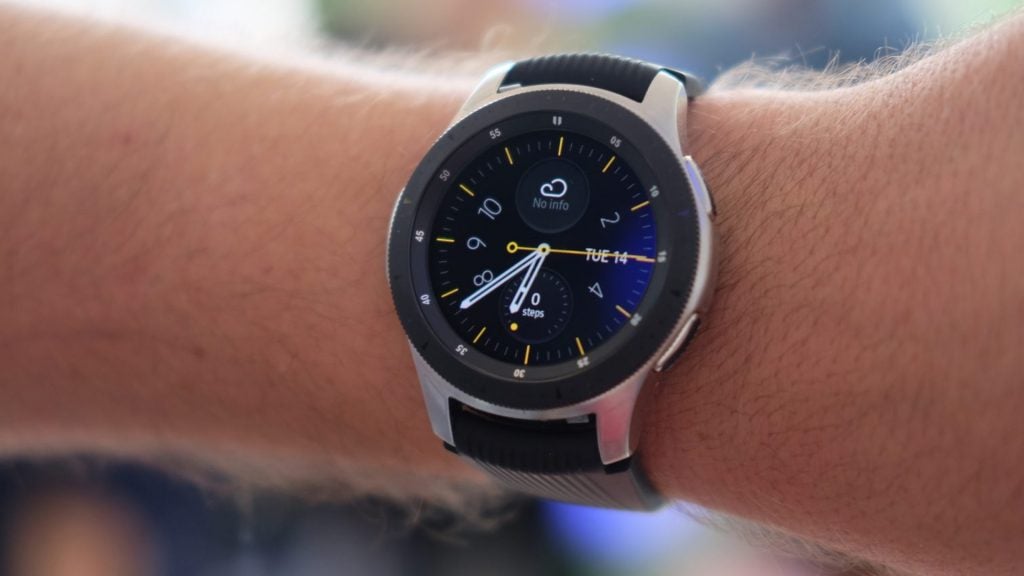
Samsung Galaxy Watch (2018)
Like the Galaxy Book, the Galaxy Watch is also the successor to another product. In this case, the wearable followed the Samsung Galaxy Gear which launched all the way back in 2013.
Samsung has since expanded its smartwatch line with the Galaxy Watch 5 and Galaxy Watch 5 Pro, making it one of the most popular options for those carrying Android phones.
One UI
The One UI interface was announced in 2018.
Based on Google’s Android OS, One UI creates a single ecosystem to connect Samsung’s Galaxy devices together, including Galaxy phones, earbuds, tablets and wearables.
Samsung Galaxy M (2019)
Like the Galaxy A, the Galaxy M series delivers Samsung tech to those on a budget, with the M sitting at the bottom of the ladder below the mid-range A.

Samsung Galaxy Buds (2019)
Galaxy launched its first true wireless earbuds, the Samsung Galaxy Buds in 2019.
Since then, the audio lineup has expanded to include the Galaxy Buds Plus, Galaxy Buds Live, Galaxy Buds Pro, Galaxy Buds 2 and, more recently, the Galaxy Buds 2 Pro.
Samsung Galaxy Z Fold (2019)
Some of the most innovative mobile products launched over the last few years have been foldables and Samsung has led the way with its Galaxy Z Fold.
While the first Z Fold didn’t receive the warmest reception, Samsung’s latest iteration of the foldable, the Z Fold 4 seems to be doing much better than the original model.
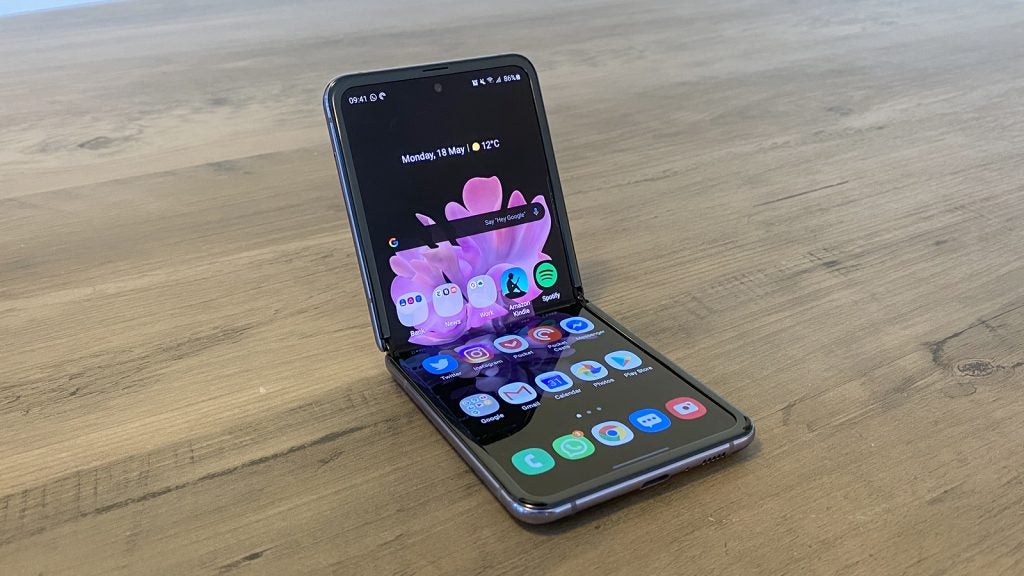
Samsung Galaxy Z Flip (2020)
Another foldable, the Galaxy Z Flip revived the flip phone era in 2020 with its clamshell design.
Like the Z Fold, the Z Flip has continued to see success with the latest model being the Galaxy Z Flip 4.
Samsung Galaxy S20 FE (2020)
Some of Samsung’s most popular releases have been its FE – or Fan Edition – models, which started with the Galaxy S20 FE.
These phones take the same design and specifications as the flagship model of that year and cut some features, resulting in a similar phone at a fraction of the cost.
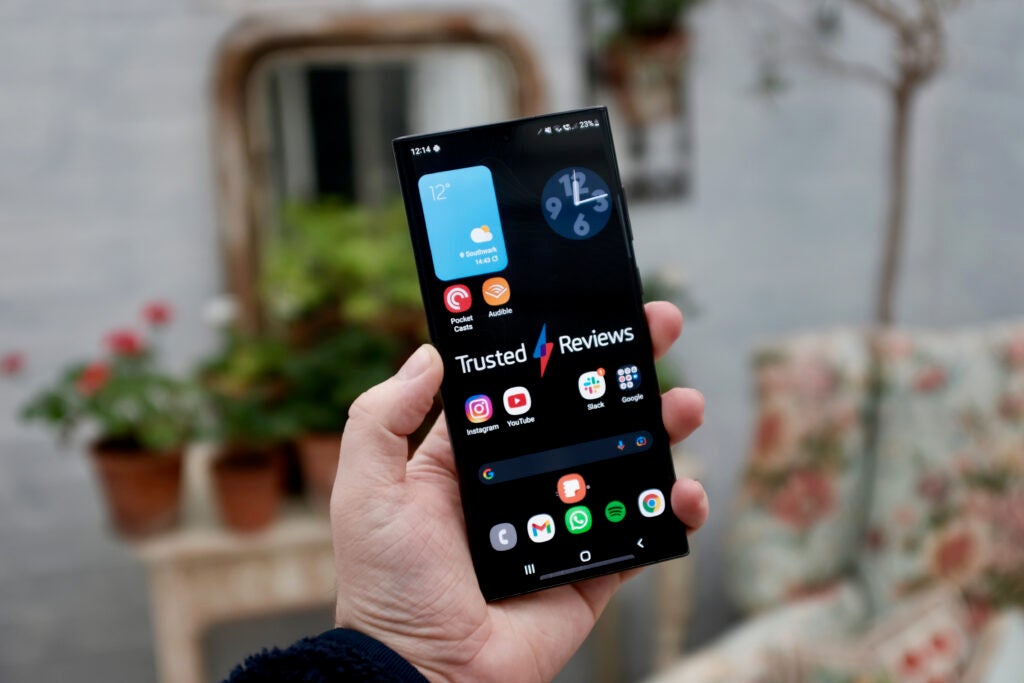
Samsung Galaxy S22 Ultra (2022)
While still a part of the S line, the Galaxy S22 Ultra deserves its own mention as the top of the Galaxy line right now.
The phone features a 6.8-inch Dynamic AMOLED 2X display, a 108-megapixel quad camera, a 40-megapixel front camera and is powered by either the Exynos 2200 or the Snaopdragon 8 Gen 1 depending on where you buy it.
The phone also supports Samsung’s S Pen, a feature that was added to the Ultra a year earlier to help it take the place of the Galaxy Note.
Samsung S23 series (2023)
Finally, we have the Galaxy S23 series.
Rumours aside, we don’t know much about this smartphone just yet, but we hope to find out more at Samsung’s Unpacked event on February 1st.


